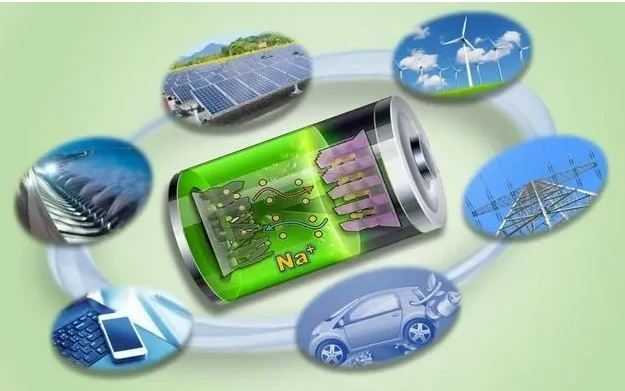In this work, we perform unbiased first-principles structure-search simulations to find a novel AsC5 monolayer with a variety of functionally advantageous characteristics. Based on theoretical simulations, the proposed AsC5 has been found to be energetically, mechanically, dynamically, and thermally stable, supporting the viability of experiment.
Stable adsorption of Na on monolayer (bilayer) AsC5 with an adsorption energy from to is shown by our computational simulations. The metallic behavior of monolayer (bilayer) AsC5 is maintained when Na atoms are inserted, ensuring excellent electric transportation. Furthermore, the Na diffusion barrier on monolayer (bilayer) AsC5 is just 0.16 (0.09) eV, which indicates a rapid charging/discharging capacity.
The monolayer (bilayer) AsC5 materials have higher specific capacity than some known 2D materials, reaching a maximum of 794.28 mA h/g (596.01 mA h/g). Small volume fluctuations (1.2%) after AsC5 sodiation show strong cycle reversibility. Therefore, such crucial characteristics make AsC5 be a promising candidate for anode materials of NIBs.
—Lu et al.
A major current research focus for the development of viable sodium-ion batteries is on anode materials with high energy density, good stability, and a low diffusion barrier, the researcher note in their paper.
An initial surge of interest in inorganic two-dimensional materials has led to interest in a new class of 2D materials containing containing IV (C, Si, Ge, Sn) and V (N, P, As, Sb) elements.
Two significant classes of 2D materials, graphene and arsenene, have distinct structures and intriguing characteristics due to the nonplanar sp3 bonds in arsenene and the sp2 ones in graphene, respectively. Consequently, it makes sense to demonstrate if it is feasible to create stable carbon arsenide monolayers that would complement the features of arsenene and graphene. Given that C materials have outstanding conducting and stability qualities, our main focus in this work is on AsC5 compositions with rich C.
—Lu et al.
